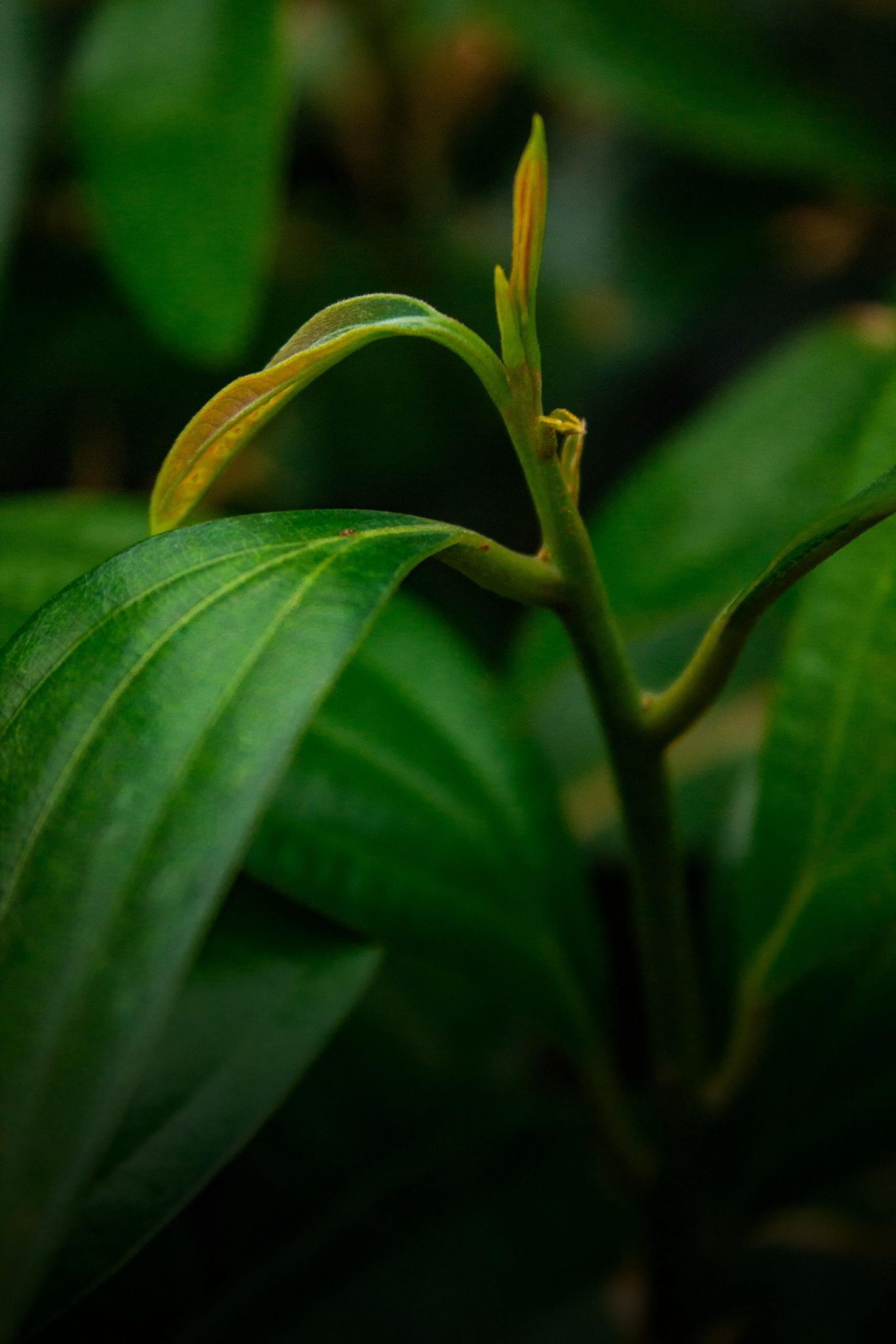Common Name |
Kayumanis |
Description |
Cinnamomum Sp is an evergreen tree that reaches a height of 8-17 m in the wild. In an unharvested state, the trunk is stout, 30-60 cm in diameter, with a thick, grey bark and the branches set low down. |
Products |
Food: Cinnamon bark oil is used in meat and fast-food seasoning, sauces and pickles, baked goods, confectionery, and cola-type drinks. The leaf oil is also used as a flavouring agent for seasonings and savoury snacks. The oil’s high eugenol content makes it valuable as a source of this chemical for subsequent conversion into iso-eugenol, another flavouring agent. In Mexico, the bark is used to enhance the flavour of the coffee.
Timber: Sapwood is light brown, slightly soft; heartwood is brownish-yellow with a green cast, or olive to light olive-brown to blackish-brown, medium to coarse texture, satiny or silky lustre, straight and often rosy grain, spicy odour. Excellent working qualities. Gum or resin: The oleoresin may be prepared by extracting cinnamon bark with a variety of organic solvents. It contains the steam-volatile oil, fixed oil, and other extractives of the spice soluble in the particular solvent employed. Little published information is available on the detailed composition of cinnamon oleoresins, but the volatile oil content has been reported to range upwards of 16%. Essential oil: Cinnamon bark oil possesses the delicate aroma of the spice and a sweetly pungent taste. Its major constituent is cinnamaldehyde but other, minor components impart the characteristic odour and flavour. It is employed mainly in the food flavouring industry but is also used in tobacco flavours and for incense. It has limited use in some perfumes. In Sri Lanka, cinnamon bark oil is produced by the distillation of chips and variable amounts of featherings (pieces of inner bark from twigs and twisted shoots) and quillings (broken fragments of quills). In many cases, the older form of hydro-distillation is used, in which chips and water are placed together in the distillation vessel, which is heated by direct fire. Modern methods involve steam distillation. Cinnamon leaf oil has a warm, spicy, but rather harsh odour, lacking the rich body of the bark oil. Its major constituent is eugenol rather than cinnamaldehyde. As a cheap fragrance, it is added to soaps and insecticides. The leaves left after trimming, cut stems, and prunings provide the raw material for the production of cinnamon leaf oil. Medicine: Cinnamon bark oil is employed in dental and pharmaceutical preparations. Historically, cinnamon drops were regarded as a tonic, a sedative in childbirth, and a remedy for many common disorders. Cinnamon served as a breath sweetener in the past. In medieval times, cinnamon was distilled to produce cordials, ostensibly to aid in digestion. In the Orient, cinnamon and its near relatives are still widely used for local remedies, particularly for gastrointestinal and respiratory disorders and as an aphrodisiac. In the Philippines and the Pacific, it is taken to relieve headaches. In Colombia, cinnamon sticks are chewed to speed parturition. In Ghana, the bark of young shoots is used as a carminative and to treat catarrh (coryza), and the bark extract is an intestinal astringent. In Haiti, the essence is used as a poultice for rheumatism and is taken orally for spasms, stomach and intestinal gas. |







